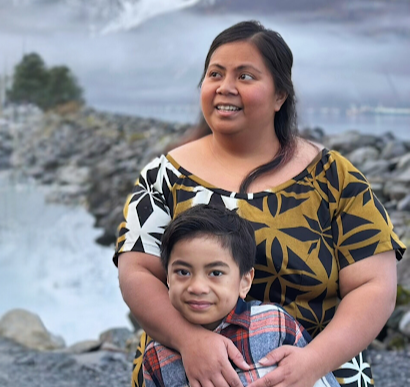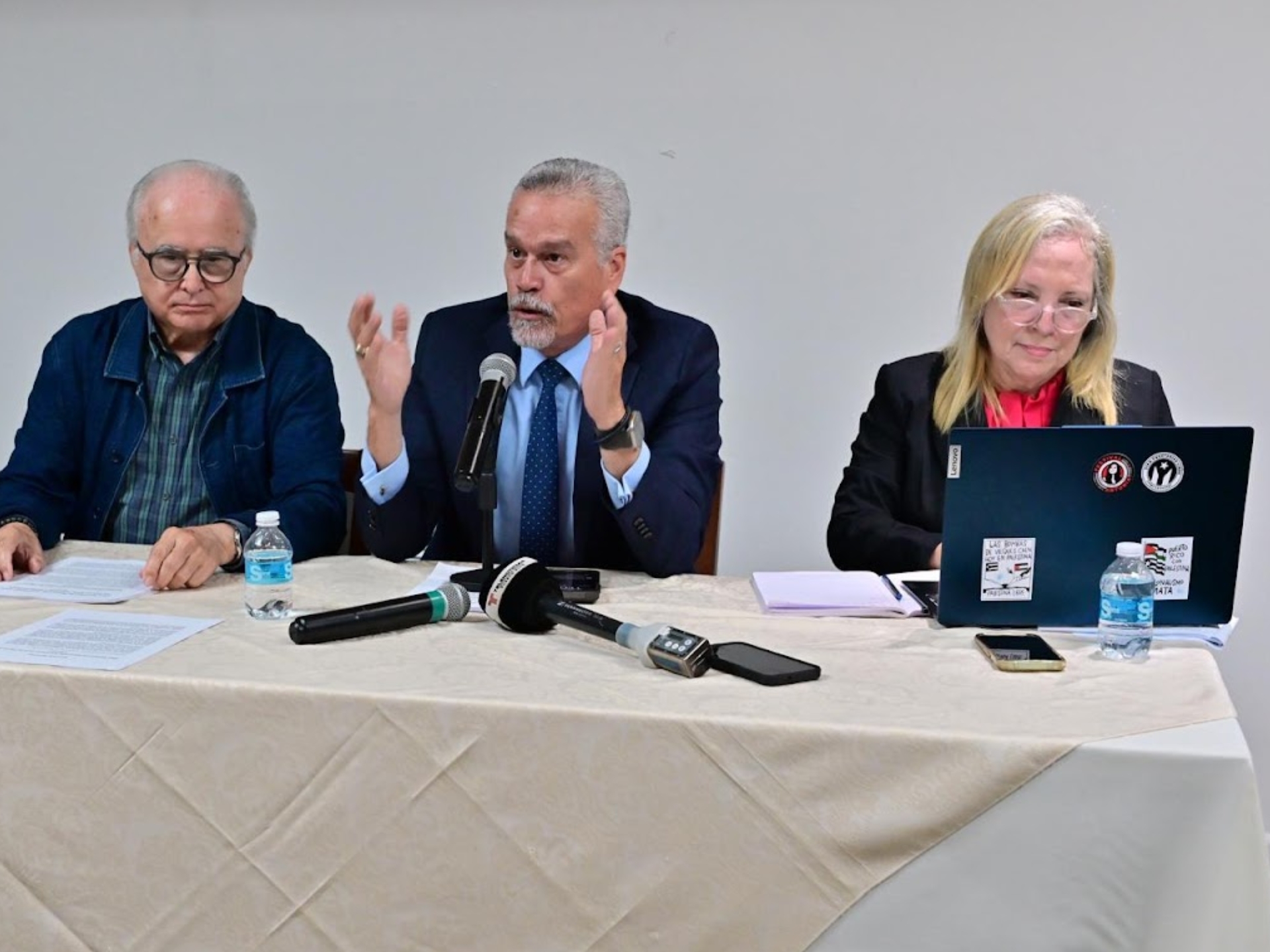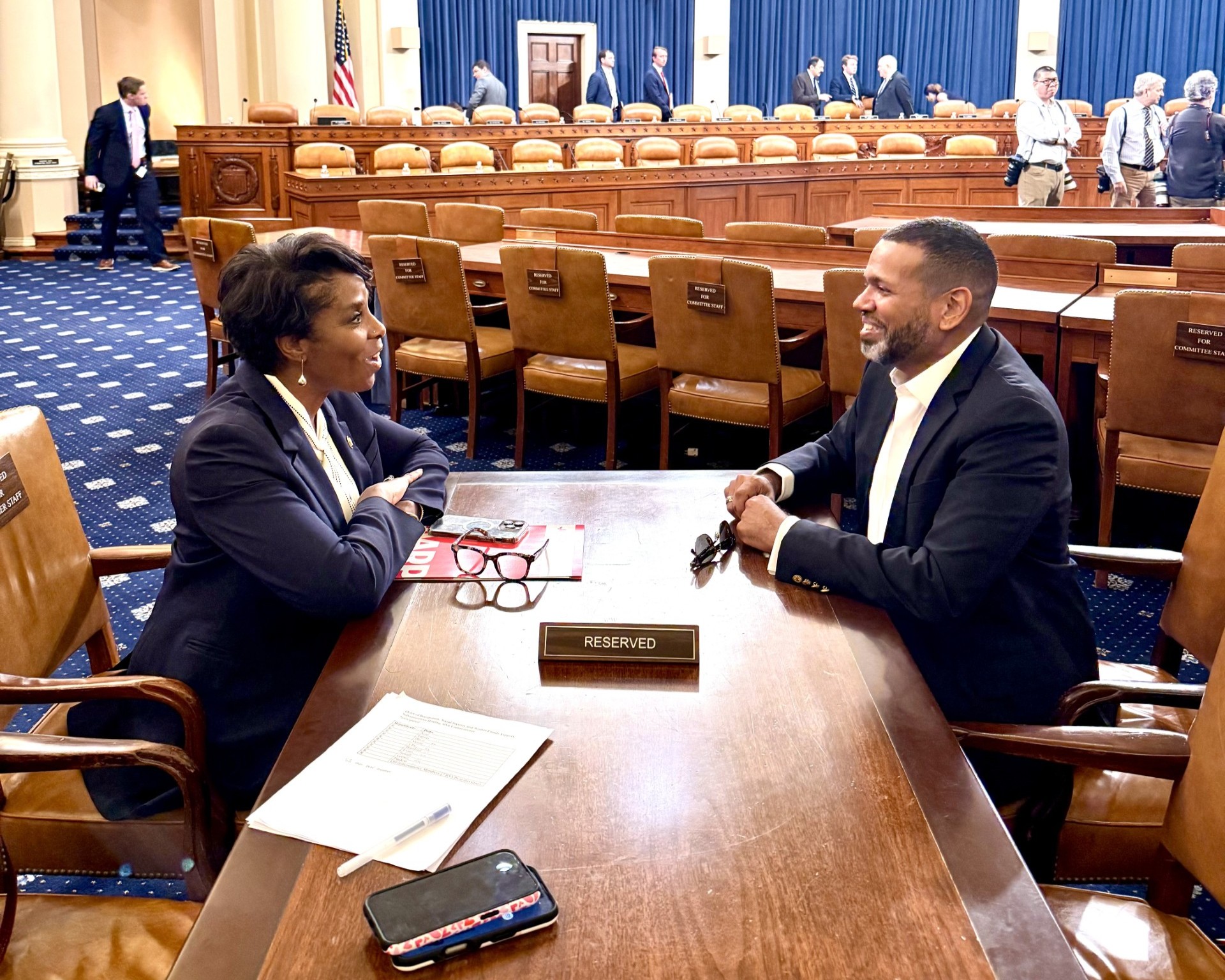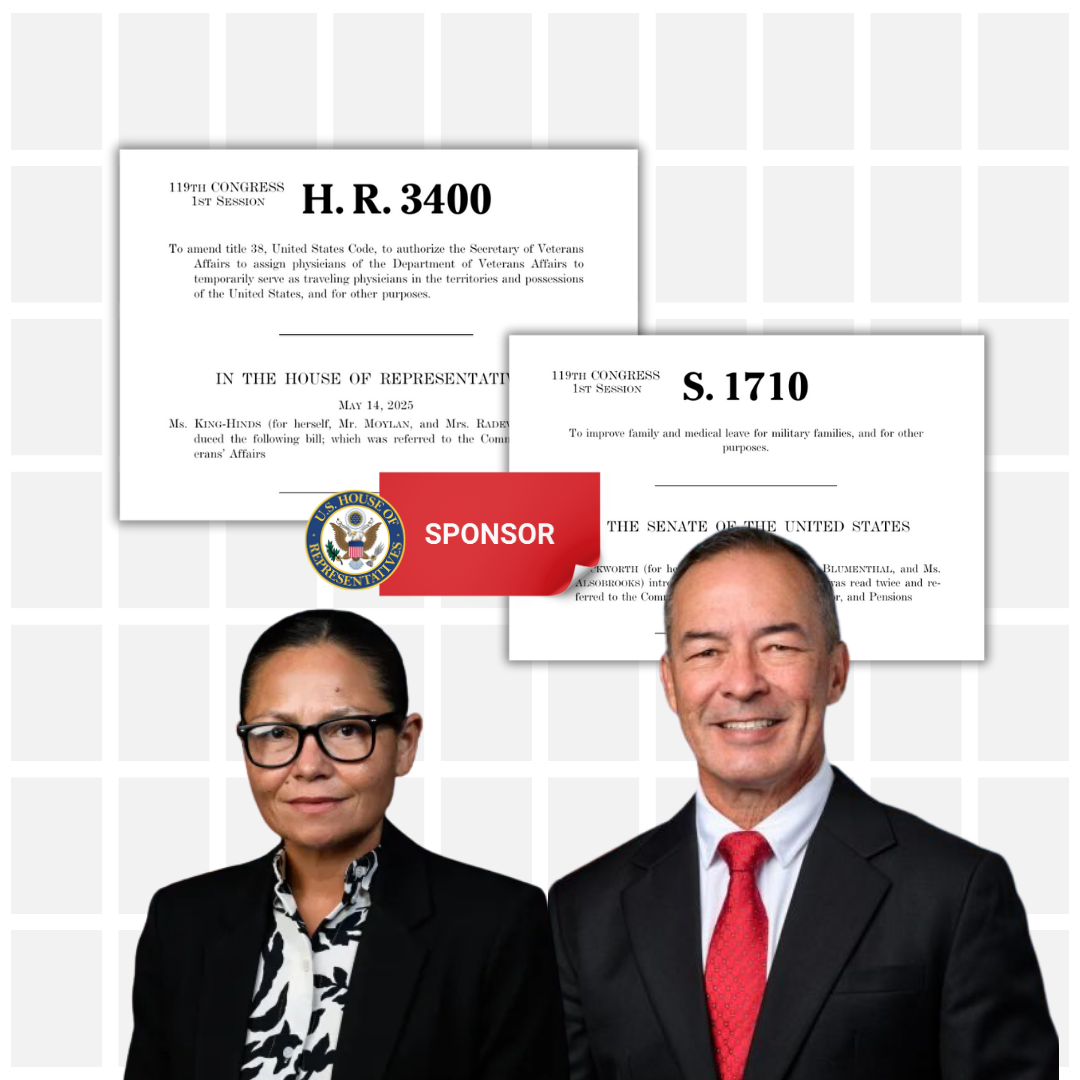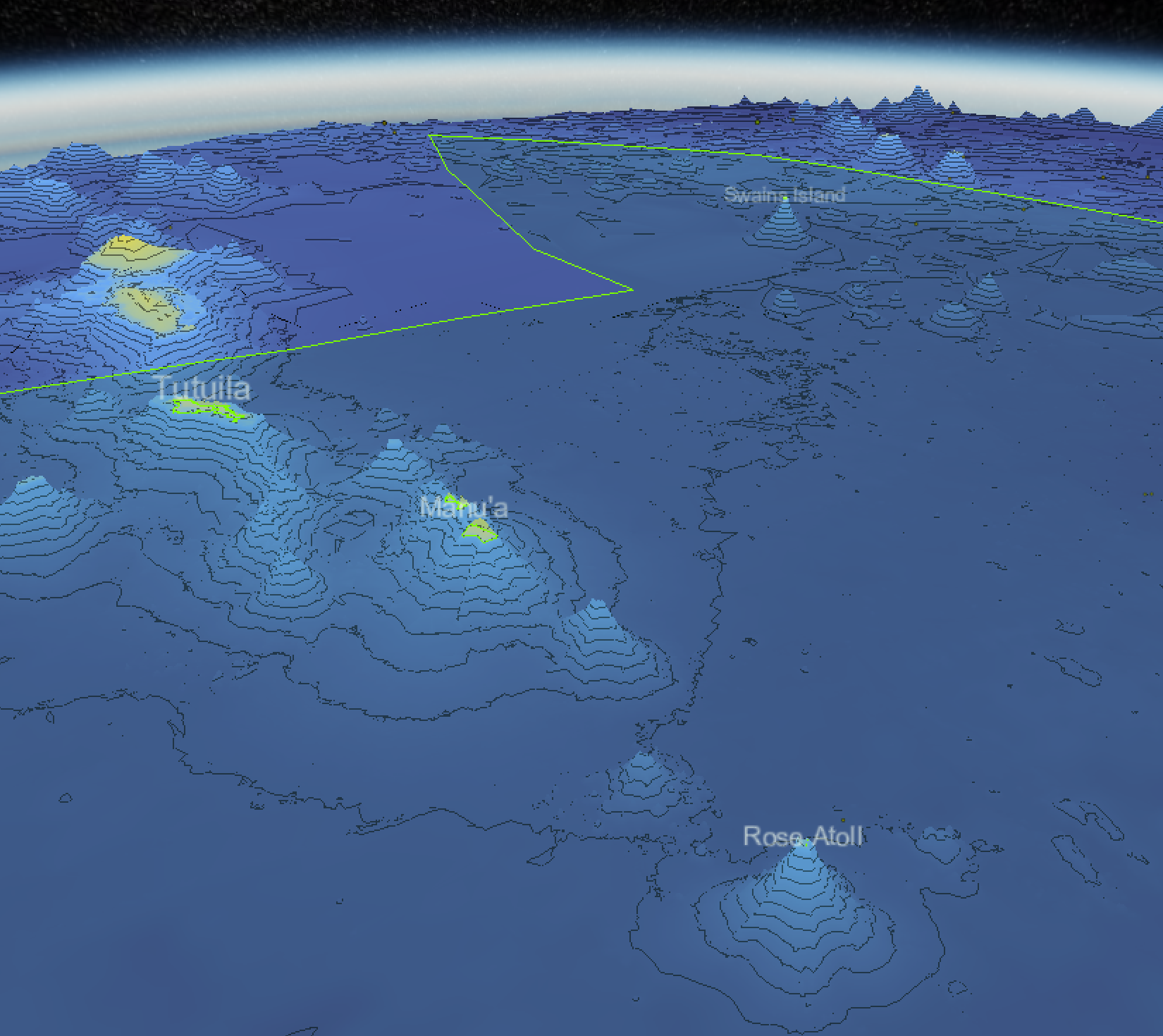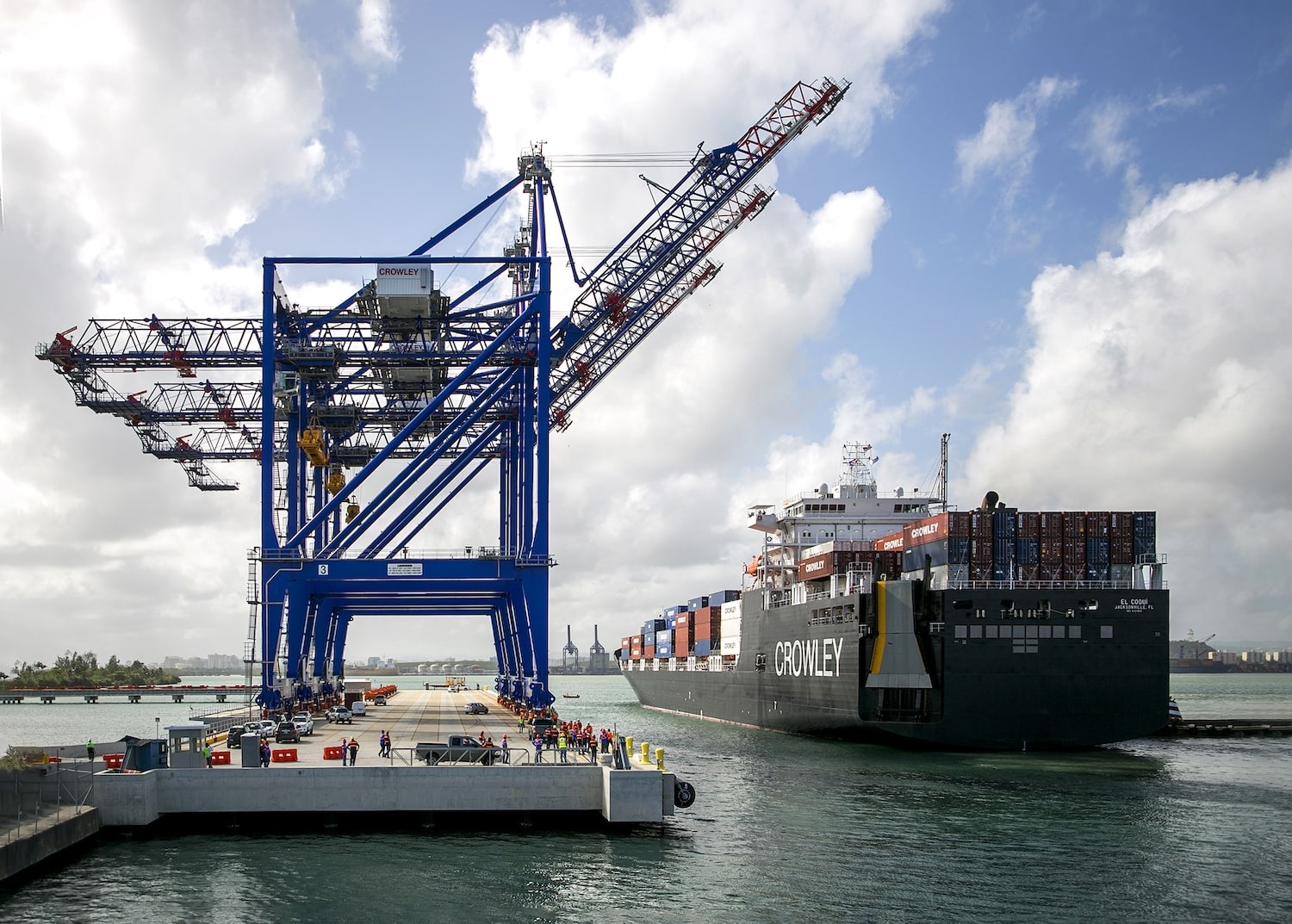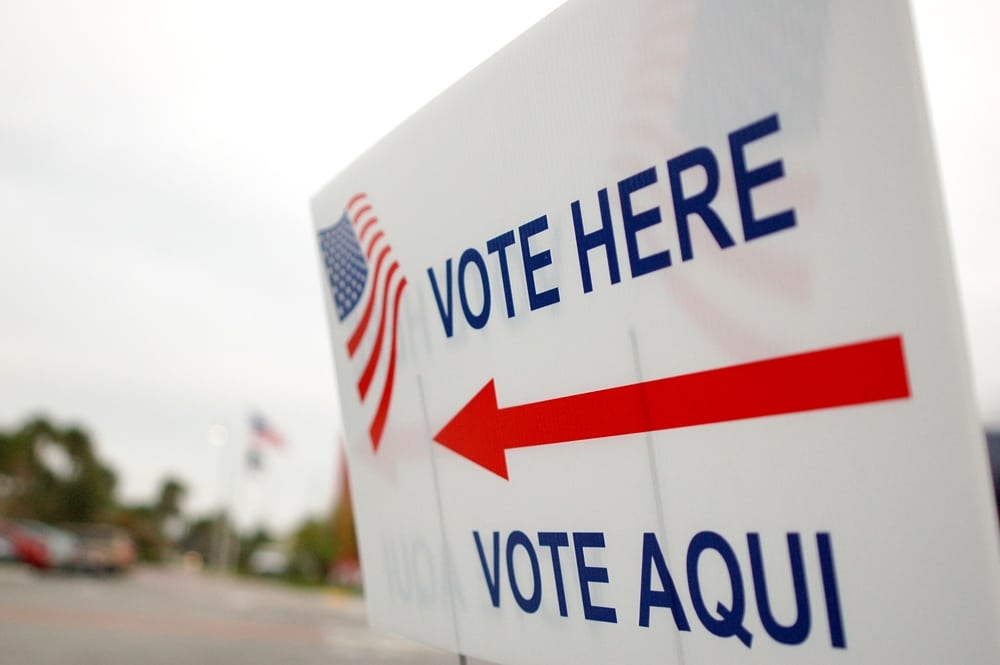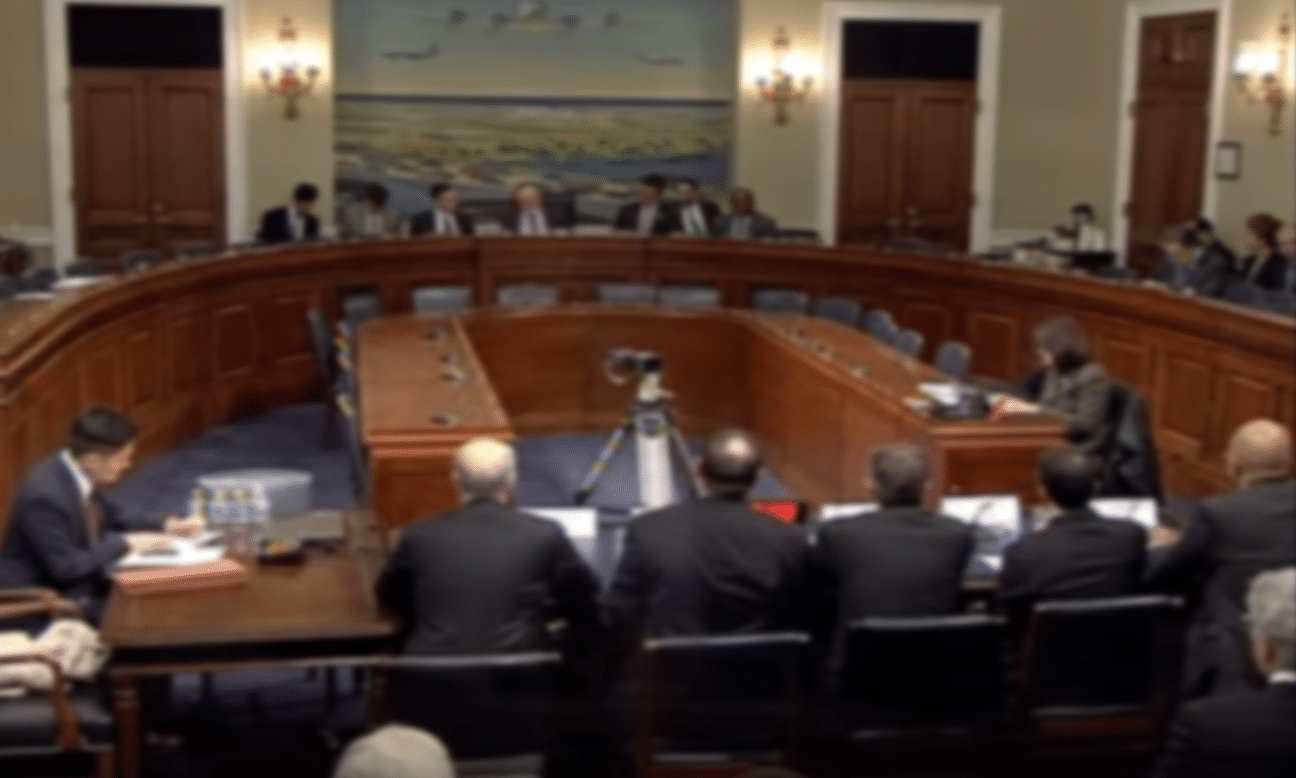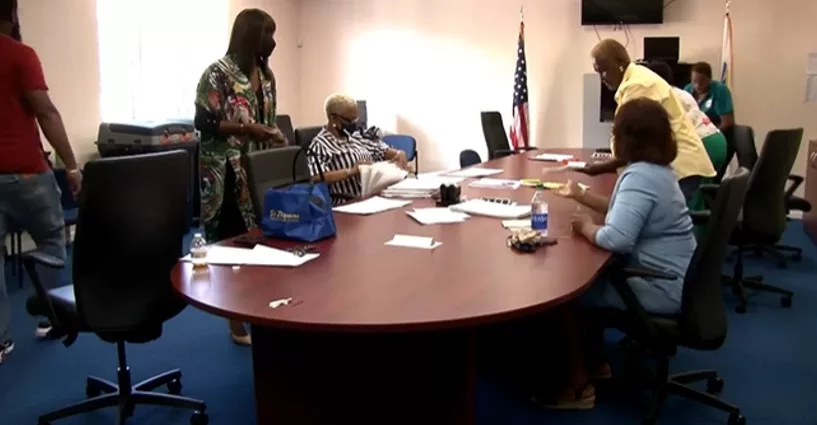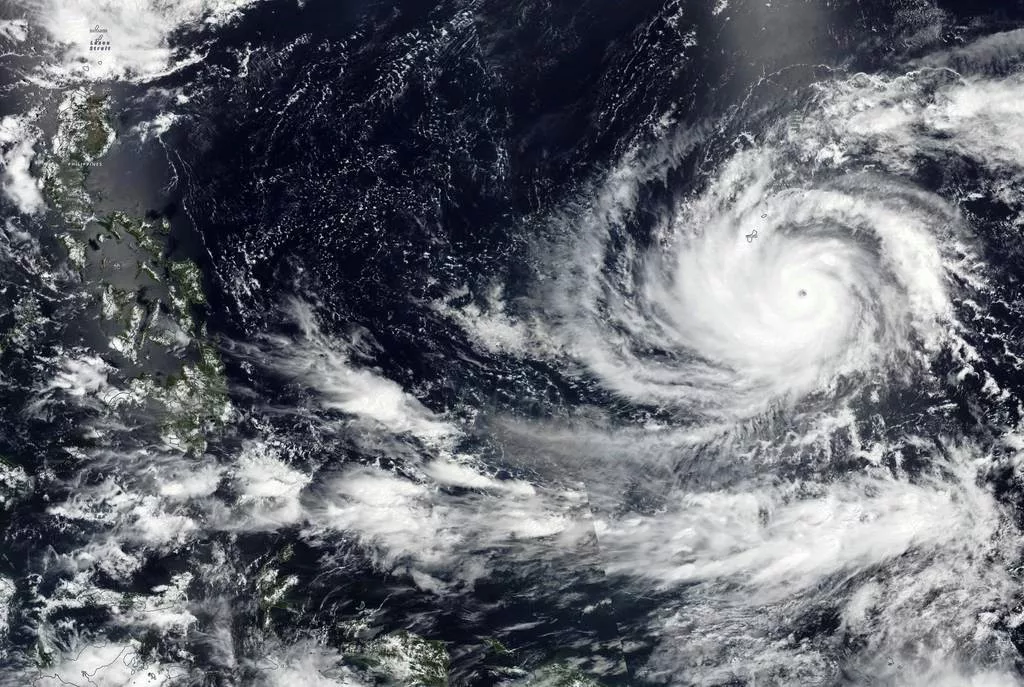As the 2016 election draws nearer, a plethora of presidential hopefuls are hitting the road and going out to try and snag some of the “Latino vote.” Since 1986 the Latino population in the U.S has increased from 9.1 million to over 50 million in 2012, with much of this growth being in key battleground states the Southwestern states as well as Florida. The GOP thinks they can’t win without them, and the Democrats believe they are the foundation for the democratic vote in the future.
If you find yourself under the umbrella of the term “Latino” you probably are already far too familiar with how much the political duet of Republicans and Democrats want your vote. But what exactly is under this umbrella? “Latino” is such an incredibly broad and sweeping term that it essentially applies to anyone living in American whose family might speak Spanish and is from Central or South America. “Latino’s”, of course, aren’t all the same, they come from different countries with different cultures, with different experiences, with different concerns and points of view. Like the many different backgrounds that define the people who checked Latino or Hispanic on the US Census, the impact and influence of different groups of Latino voters vary as well. With some groups having what seems a disproportionate power and others that seem to have less direct political clout on election day.
Mexico
The biggest group of Latino voters in the U.S are clearly those from Mexico or of Mexican descent. Before immigration became a central issue in U.S politics this group really didn’t have a massive impact on the electoral college. Support for either party was mixed and voter turnout was quite low. For example, in New Mexico during 2010, Latinos, just about all of whom are of Mexican origin, represented almost half the state’s population but accounted for less than a third of its voter turnout. For this group and many other Latinos, immigration has been a gateway issue that has caused many to lean towards the Democratic party, as the 2012 election highlighted. If Mexican-Americans come to the polls on election day they will have a substantial impact and likely sway the direction of states like New Mexico, Arizona, and Colorado.
Cuba
Though only representing 5% of the total Latino vote, Cuban Americans have a disproportionately large impact on the electoral college compared to any other Latino group. Because of the electoral college system, where certain voters are is often more important than how many of them there are. In this case the place is Florida, the vastly important swing state with 29 electoral votes. In Florida Cuban-Americans make up 37% of the eligible Latino voters and in 2012 nearly 70% came out to vote, higher than any other Latino/Hispanic group. Often the direction that this group takes in Florida can signal the outcome of that state’s election. It should also be noted that in the 2012 election only 44% of Cuban American voters supported President Obama and in general have often taken a more Republican leaning than other Latino groups.
Puerto Rico
We all are very familiar with the fact that the territory of Puerto Rico cannot vote in the general presidential election. While those living on Puerto Rico have unfortunately very little impact on the election the more than 4.6 million Puerto Ricans living in the states will. Puerto Ricans make up 13% of the total Latino vote and a little over half of this group normally comes out on election day. Like before, location is the important thing here and since the largest groups of Puerto Rican communities are in states like New York and California their overall impact is quite muted, especially with the majority of Puerto Rican voters leaning Democrat. However, as Jeb Bush’s recent visit tells us, the 600,000 Puerto Rican voters living in Florida will certainly make an impact and thus far are being viewed as an important swing vote in the state. Overall though, the impact of Puerto Rican voters is largely muted because of their location in Democratic states.
Dominican Republic
Latinos identifying with the Dominican Republic make up only around 4% of the total Latino vote but in 2012 they disproportionately supported President Obama, casting 96% of their votes in favor of the Democrat. However, unlike Cuban-Americans they aren’t clustered nicely into a couple districts in a highly important swing state. Instead Dominican-Americans have mainly settled in the Northeast of the U.S amongst like minded democratic voters so there overall impact is muted in presidential elections.
Latinos are not all the same….
The “Latino” label that voters from South and Central America keep getting stamped on them is a nice statistical category but impossibly homogenizing.
The so called “Latino” voters don’t come from the same place and aside from checking the box on the US Census often don’t use this pan-ethnic label to describe themselves. While immigration and healthcare policies, and are some issues that have pointed many of these voters towards the Democratic party in recent elections the views and desires of Latino voters are not as cohesive on other popular issues, such as the economy, abortion or on legalizing marijuana. And as a quick look at the demographics of key battleground states tell us, some groups of voters under the umbrella of the Latino label have massively disproportionate impacts on political elections, even more so if factors like political contributions are considered as well.
At the same time, the so-called “Latino” vote isn’t as influential as it could be. In 2012 less than half of the 23 million identifying as Latino/Hispanic voted in the election, meaning that 12 million more democratic leaning Americans could be voting in 2016’s election. Whether or not you call yourself a Latino, if you fall in this category of Americans you’re part of a growing minority that is increasingly deciding course of US elections.

